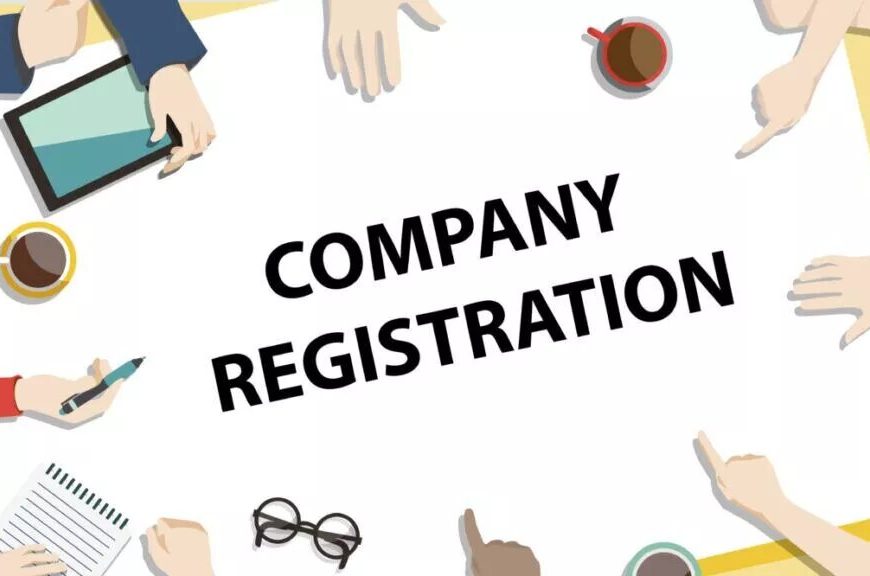Starting a business in India comes with the critical decision of choosing the right legal structure. While One Person Company registration (OPC) is gaining popularity among new entrepreneurs, many still opt for sole proprietorship company registration due to its simplicity. In this article, we will guide you through the easy steps for One Person Company registration and explain how it differs from a sole proprietorship.
What is a One Person Company?
A One Person Company (OPC) is a business structure introduced under the Companies Act, 2013, allowing a single individual to own and operate a company with limited liability. Unlike sole proprietorships, an OPC is a separate legal entity, which means the owner is not personally liable for the company’s debts.
Steps for One Person Company (OPC) Registration
Here is a simplified guide to registering your One Person Company in India:
1. Obtain a Digital Signature Certificate (DSC)
The first step in the One Person Company registration process is to obtain a Digital Signature Certificate (DSC) for the sole promoter. Since all documents are submitted online, having a DSC is mandatory to authenticate these forms.
2. Apply for Director Identification Number (DIN)
Every person who wishes to become a director in an OPC must apply for a Director Identification Number (DIN). You can obtain the DIN through the SPICe+ (Simplified Proforma for Incorporating a Company Electronically) form, which is an integrated form for incorporation.
3. Select a Name for Your Company
Choosing a unique name for your OPC is crucial. The name should not be identical to any existing companies or trademarks. You can use the RUN (Reserve Unique Name) service on the Ministry of Corporate Affairs (MCA) portal to check the availability and reserve a name.
4. Draft the Memorandum and Articles of Association (MOA & AOA)
- MOA (Memorandum of Association): Outlines the objectives and scope of the company’s activities.
- AOA (Articles of Association): Defines the internal regulations for managing the company.
- Both these documents must be prepared and submitted as part of the OPC registration process.
5. Filing SPICe+ Form
The SPICe+ form is an all-in-one form used for incorporating a company. Along with it, you can also apply for PAN, TAN, and GST registration. After filling out the form and uploading the necessary documents, submit it to the Registrar of Companies (ROC).
6. Nominee Appointment
In an OPC, it is mandatory to appoint a nominee who will take over the business in case of the sole owner’s death or incapacitation. The nominee must provide consent in writing, and their details are included in the incorporation documents.
7. Issuance of Certificate of Incorporation
Once the application is reviewed and approved by the Registrar of Companies, you will receive a Certificate of Incorporation, officially registering your OPC. This certificate will also contain your company’s Corporate Identification Number (CIN).
8. Open a Bank Account
With the Certificate of Incorporation, you can now open a bank account in your company’s name to conduct business operations legally.
How One Person Company (OPC) Registration Differs from Sole Proprietorship
While both One Person Company and sole proprietorship company registration allow individuals to run a business, they differ in several important ways. Let’s explore the key differences between the two:
1. Legal Entity
- One Person Company: An OPC is a separate legal entity, distinct from its owner. This means that the company can own property, enter into contracts, and be sued or sue in its own name.
- Sole Proprietorship: A sole proprietorship does not create a separate legal entity. The business and the owner are considered the same. If the business faces liabilities, the owner’s personal assets are at risk.
2. Liability Protection
3. Compliance Requirements
- One Person Company: An OPC has stricter compliance requirements, including filing annual returns, maintaining statutory books, and holding board meetings. Although the compliance burden is lighter than that of a private limited company, OPCs still need to adhere to the rules set by the Ministry of Corporate Affairs (MCA).
- Sole Proprietorship: A sole proprietorship has minimal compliance requirements. There is no need to file annual returns with the ROC, and the business can function with much less legal oversight.
4. Taxation
- One Person Company: OPCs are taxed as per the corporate tax rates, which could be beneficial for larger businesses as corporate tax rates may be lower than personal tax rates at higher income levels.
- Sole Proprietorship: In a sole proprietorship, the business income is taxed as personal income for the owner. The owner pays taxes according to individual tax slabs, which may be favorable for smaller businesses.
5. Perpetual Succession
- One Person Company: OPCs have perpetual succession, meaning the company continues to exist even if the owner dies or becomes incapacitated. The nominee takes over in such cases, ensuring continuity.
- Sole Proprietorship: In a sole proprietorship, the business is dependent on the owner. If the owner dies or becomes incapacitated, the business ceases to exist, and it can be difficult to transfer ownership.
6. Capital Raising
- One Person Company: An OPC can raise capital by bringing in debt or converting into a private limited company in the future. It also has the advantage of a structured financial system, making it easier to get business loans from financial institutions.
- Sole Proprietorship: Raising capital in a sole proprietorship can be challenging. The owner can only rely on personal savings or borrow funds through personal loans since the business itself is not a separate entity.
7. Ownership and Control
- One Person Company: The OPC structure is more formalized, with documentation, nominee appointment, and compliance procedures in place. While it allows for better control and governance, the owner’s decision-making power can be limited by legal restrictions.
- Sole Proprietorship: In a sole proprietorship, the owner has complete control over all business decisions without the need for board meetings or consultation. This makes it easier and faster to make decisions, especially for small businesses.
Also read : Unveiling the Elegance of Badfriend Clothing
Conclusion
Choosing between One Person Company registration and sole proprietorship company registration depends on your business’s goals, size, and risk tolerance. If you want the simplicity of minimal compliance and full control over your business, sole proprietorship may be the right choice. However, if you’re looking for limited liability protection and the ability to scale your business, One Person Company registration is a better option.
By understanding the differences between these two business structures, entrepreneurs can make informed decisions that suit their business needs and long-term objectives.
Also read : Maintaining Your Peridot Jewelry: Summer Cleaning Guide
















